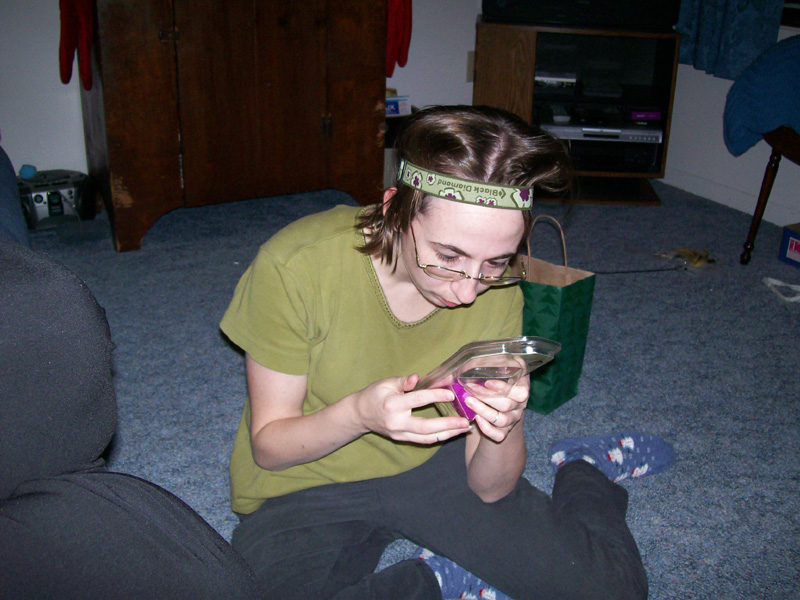Colour
http://www.webexhibits.org/causesofcolor/2B.html
"Anomalous trichromacy (where vision is based on three functioning
cone types, but one or more cone types are atypical) is by far the
most common form of colorblindness, and in many senses it is the least
severe. Its effect is to reduce the ability to discriminate between
colors, but it does not eliminate color perception altogether. People
with this form of colorblindness experience very little difficulty in
doing tasks that require color vision. Some may not even be aware that
their color perception is in any way atypical. The only problem they
have is passing color vision tests.
Under poor viewing conditions, such as when driving in dazzling
sunlight or in rainy or foggy weather, it is easily possible for
protanomalous individuals to mistake a blinking red traffic light for
a blinking yellow or amber one, or to fail to distinguish a green
traffic light from the various "white" lights in store fronts, signs,
and street lights. The dimming can be so pronounced that reds may be
confused with black or dark gray, and red traffic lights may appear to
be extinguished.
Dichromats (those with vision based on two functioning cone types) on
the other hand, can be so severely color deficient as to affect their
daily lives. The real problem, for protanopes (absence of L-cone),
deuteranopes (absence of M-cone) and tritanopes (absence of S-cone),
is there are far too many color names and no obvious basis for using
one instead of another. Why call something "orange" when it doesn't
look different in any way from something else called green, tan,
beige, or any of several other color names?
For the protanope, red, orange, yellow, yellow-green, and green,
appear somewhat shifted toward green in hue, and all appear paler than
they do to the average observer. Protanopes may learn to distinguish
reds from yellows and from greens primarily on the basis of their
apparent brightness or lightness, rather than any perceptible hue
difference. Violet, lavender, and purple are indistinguishable from
various shades of blue because their reddish components are so dimmed
as to be invisible. Pink flowers, reflecting both red light and blue
light, may appear blue to the protanope. In the pictures below, the
orange flowers completely disappear.
The deutanope suffers the same hue discrimination problems as the
protanope, but without the dimming. The names red, orange, yellow, and
green mean very little. Similarly, violet, lavender, purple, and blue
appear to be the same color. In the pictures below, the orange flowers
completely disappear.
Tritanopes can have difficulty distinguishing green, cyan, and blue.
Tritanopes can also have problems distinguishing yellow from violet.
They can have pink, orange, and brown confusions. In the picture
below, the orange and pink flowers look the same."
Cool stuff...


0 Comments:
Post a Comment
<< Home